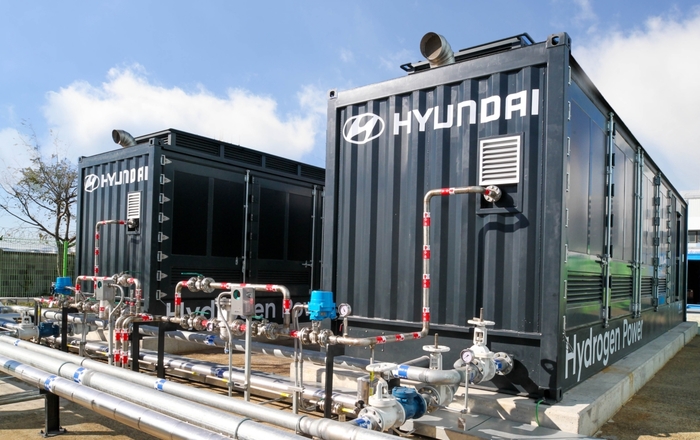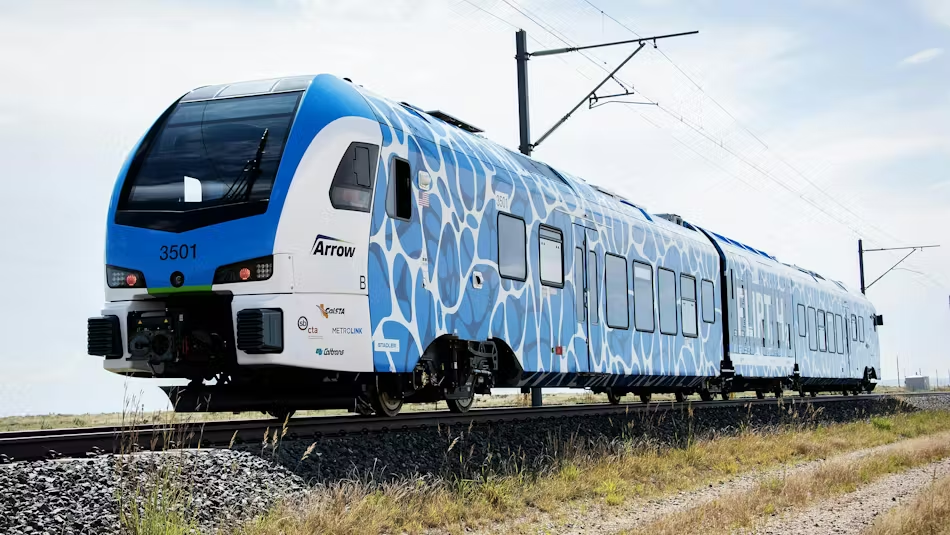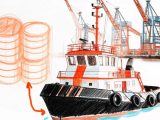
Hydrogen Fuel Cells Gain Real-Time Flexibility in Ulsan Solar Integration Project
September 15, 2025A Solar Slide to Stability
Imagine a power plant that literally dances with the sun—cranking up when clouds roll in and easing off under blazing rays. That’s exactly what Korea East-West Power, Dongseo Power and Hyundai Motor kicked off on September 11, 2025, at the Ulsan Power Headquarters. They’ve hooked a sprawling solar PV array to a bank of hydrogen fuel cells, all governed by cutting-edge controls in real time. The mission? Smooth out those jerky peaks and valleys of renewable energy so you get rock-solid power, come rain or shine.
Real-Time Control at Ulsan Power Headquarters
What really makes this pilot sing is the nimble control system from Dongseo Power. Instead of running their fuel cell technology at a set level, they tap into an adaptive algorithm that reads solar output and fine-tunes the hydrogen modules on the fly. Hyundai Motor chips in with high-speed module controls—tech battle-tested in cars. All the data streams into a digital twin–style Virtual Power Plant, giving engineers a live playground to explore how these cells can step in as quick-response, zero-emission power sources.
Behind the Algorithm
Peek under the hood and you’ll find a clever mash-up of solar generation curves, hydrogen production rates and detailed fuel cell performance maps. An automated controller juggles it all, balancing supply and demand in mere seconds. If clouds roll over the panels, the hydrogen fuel cells kick into higher gear; when sunlight surges, they gently back off. It’s a two-way street of rapid-action valves, precision power electronics and smart inverters, all tuned to keep voltage and frequency locked tight, no matter how wild the weather gets.
Why It Matters
South Korea’s aiming for carbon neutrality by 2050, and pushing the envelope on sustainable energy is non-negotiable. Traditional fuel cells ran flat out at one speed, which doesn’t help when renewables sway like a hammock in the breeze. Showing that fuel cell technology can be as agile as a battery solves that headache. This Ulsan demo could slash wasted green hydrogen, beef up grid resilience and unlock new revenue streams—think lightning-fast frequency response or shaving off those nasty demand peaks. It’s good news for utilities and the planet alike.
Voices from the Field
“Our goal is to craft core tech so that hydrogen cells can act like a truly flexible power plant,” says a project lead at Korea East-West Power. Down in Ulsan, engineers are glued to live feeds from solar inverters, hydrogen sensors and every single cell stack. They’re already clocking sub-second response times—a must for grid services such as frequency support. Over the coming months, they’ll push through peak demand waves, ironing out the handshake between molecules and electrons.
Ulsan’s Industrial Edge
Perched in one of South Korea’s busiest industrial hubs, Ulsan knows big energy projects like the back of its hand. With 1.12 million residents and heavyweights in shipbuilding, petrochemicals and auto, the city already hosts solar farms and growing hydrogen supply chains tied to local refineries and port terminals. That proximity lets the demo tap into on-site storage, slicing transport costs and speeding delivery. If it takes off, Ulsan could show the world how heavy-industry zones pivot to zero-emission technology.
A Glimpse Ahead
If all goes to plan, hydrogen fuel cells might graduate from backup generators to full-fledged grid partners. Picture clusters of solar–hydrogen sites popping up in industrial parks—and even neighborhood microgrids. Sure, there’s still work on cost optimization—compressing, storing and that slick control software aren’t cheap. But with national support, ongoing R&D and possible policy perks for distributed fuel cell technology, South Korea could be penning the next chapter in the global hydrogen story.
About Korea East-West Power
Korea East-West Power (EWP) is a major name in South Korea’s electricity scene. Born in 2001 amid KEPCO’s shake-up, EWP operates thermal, hydro and renewable plants across the country. Today, they’re doubling down on hydrogen production and hydrogen fuel cells to hit the nation’s carbon-neutral goals. With a proven track record in weaving renewables into the grid and a bold push on hydrogen infrastructure, EWP stands front and center in Asia’s clean energy transition.



 With over 15 years of reporting hydrogen news, we are your premier source for the latest updates and insights in hydrogen and renewable energy.
With over 15 years of reporting hydrogen news, we are your premier source for the latest updates and insights in hydrogen and renewable energy.